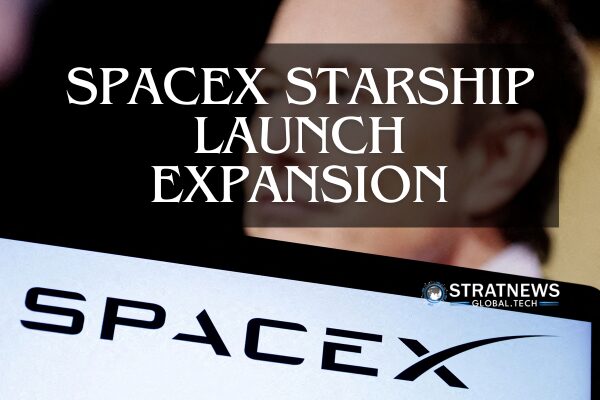SpaceX Starship Approved to Increase Launches from Texas
SpaceX has received crucial approval from the US Federal Aviation Administration (FAA) to significantly ramp up the number of annual SpaceX Starship rocket launches from Texas. The green light allows the company to increase launch frequency from five to 25 per year and expand booster landings in nearby waters.
FAA Declares No Major Environmental Impact
The FAA concluded that SpaceX’s plan would not significantly harm the environment. Its review, based on the National Environmental Policy Act, covered rocket launches, booster returns, and potential explosion debris in the Gulf of Mexico and international waters. The agency stated the changes would not impact the quality of the human environment.
This approval follows a lengthy review and marks a major boost for Elon Musk’s ambitions to develop the Starship rocket as a key vehicle for future Mars missions.
SpaceX Starship Starbase Expansion and Community Influence
Just days before the FAA’s decision, residents and workers at SpaceX’s Starbase in Texas voted to incorporate the area as a municipality. This gives SpaceX more authority over the site’s expansion and operational control.
Since 2017, SpaceX has rapidly grown its Boca Chica campus to build and test Starship—a towering rocket system that stands over 120 metres tall when stacked with its Super Heavy booster. The programme has included eight major test launches since 2023, each one showcasing technical milestones or resulting in high-profile explosions.
While the ambitious test-to-failure approach has impressed space enthusiasts, it has also alarmed environmentalists. Concerns remain over noise, wildlife disruption, and threats to protected areas.
Environmental Duties and Next Steps
As part of the FAA’s conditions, SpaceX must carry out several community and ecological responsibilities. These include quarterly beach cleanups, supporting local environmental groups, monitoring water quality, and reducing launch site lighting to protect nesting sea turtles.
Despite regulatory approval, SpaceX has not announced a date for its next Starship launch. The last two test flights ended prematurely in mid-air explosions, one of which scattered debris over the Turks and Caicos Islands. Residents there described the incident as earthquake-like in intensity.
Starship is a centrepiece of Musk’s plan to make space travel to Mars a reality. Backed by his significant political and financial influence, particularly under the Trump administration, Musk has steered national space priorities closer to SpaceX’s goals.
Expansion Plans Beyond Texas
In addition to the Texas site, SpaceX is also seeking to expand its operations in California and Florida. In California, it aims to double the launch rate of its Falcon 9 rockets. In Florida, it is pursuing access to a third launch pad to further support its growing mission schedule.
As the most active space launch provider in the world, SpaceX’s expanded capacity represents a major leap in commercial space ambitions. The Starship programme, while still facing technical hurdles, remains central to Musk’s vision of interplanetary travel.
with inputs from Reuters


